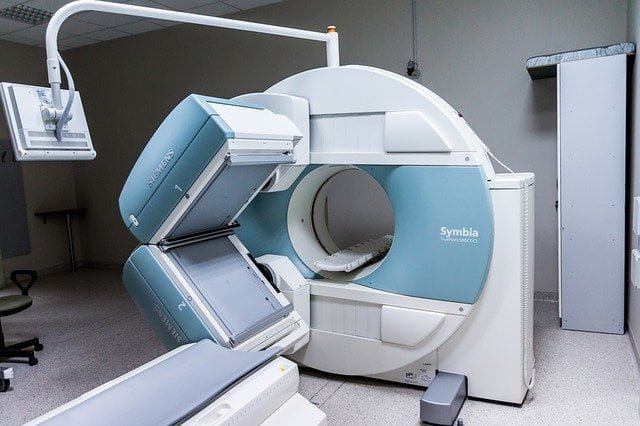
The difference between radiotherapy and radiotherapy
The difference between radiotherapy and radiotherapy
Radiation therapy and radiotherapy are critical components of many cancer diagnoses and treatments, but due to the similar names, patients are often confused about exactly what each does. Although the two names of the two fields of medicine share the same root, they use vastly different techniques and techniques and have completely different purposes. X-rays, CT scans, and other imaging procedures, all radiology techniques, are used to help locate, stage, and diagnose cancer. Radiation therapy is a treatment that uses high doses of directed energy to kill cancer cells and shrink tumors.
While patients are often more familiar with radiology procedures because they have encountered them at other times in their lives, some find radiotherapy strange and intimidating. The idea that radiation – something they are told to avoid – is injected into their bodies is counter-intuitive to some people, and dark rooms, giant machines, buttons, and lights can be troubling. Radiation also differs from other cancer treatments in that it is not visible to the naked eye. On the other hand, surgery involves the total or partial removal of the tumor. Chemotherapy, immunotherapy, and other medications are given in tablet or liquid form. “Radiation is very intangible to people,” says Anderson Bauer, MD, a radiation oncologist at our hospital in Phoenix. “You can’t feel it. You can’t see it or taste it. Every now and then someone says they can smell it, but in fact that’s because some patients detect the smell of ozone created by the interaction of radiation with the air.” This is why many patients benefit from an explanation of how radiotherapy works. “I explain how radiation comes out of a machine in the same way that light comes out of a hole. Explaining things in a way that people are familiar with allows them to better understand what we are doing,” says Anderson Bauer, a radiation oncologist at Phoenix Hospital.
Other doctors and other doctors on your cancer care team may have similar nicknames that begin with “rad.” “Our primary focus is on using energy from ionizing radiation to treat cancer, while diagnostic radiologists use ionizing radiation to evaluate patients with images. Sometimes that confuses people,” says Dr. Bauer. Each performs specific functions that distinguish it from others on the team. For example:
Radiation therapists prepare equipment and administer radiation treatments prescribed by a radiation oncologist. Radiation therapists are not doctors, but they are highly trained to operate a variety of advanced radiotherapy equipment used in cancer treatment.
Radiologists prepare and perform X-rays, CT scans, MRIs, and other imaging tests and pass the results to a radiologist for interpretation.
Radiologists are doctors trained to read and interpret imaging tests to help diagnose injuries and diseases. Diagnostic radiologists may have specialized training in specific areas, such as mammography or GI imaging.
Radiation oncologists are doctors who specialize in using radiation to treat cancer. Radiation oncologists can also be part of a larger care team, working with oncologists, surgeons, or supportive care experts to develop treatment plans and help patients manage side effects.
Intervention Radiologists are doctors who diagnose and treat a variety of diseases, including cancer, using minimally invasive procedures, usually as an alternative to open surgery. For example, they can use image-guided technology to place stents and catheters. For cancer patients, they can use chemical embolization to cut off the blood supply to the tumor or radiofrequency ablation to damage the cancerous tissue.
Dr. Bauer says patients should feel empowered to ask questions about their treatment plans and the men and women who provide care, to help eliminate confusion they may encounter during cancer treatment. “By providing a very comfortable environment for patients, most people can understand the treatment strategy,” he says. “And when people know what the strategy is, they can feel more comfortable and confident about their treatment.”



